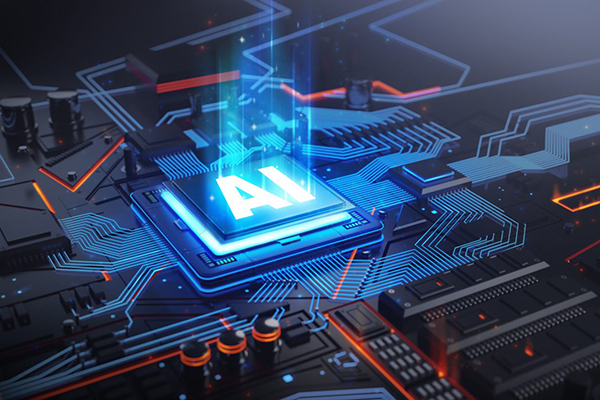From silent sentries to gesture recognition for determining if an approaching individual is a friend or foe – the armed forces are set to embrace artificial intelligence-based technologies in a big way.
Another AI-based system would help the Indian Army reduce its heavy road accident toll, which is the number one cause of casualties in peacetime.
Defence minister Rajnath Singh, on 18 July, will unveil 75 AI-based products that the army, air force, navy and coast guard will use in the coming days. Another 100 such products are under development.
With road accidents causing nearly 300 deaths (2015) each year in the Indian Army, Bengaluru-based Bharat Earth Movers Limited has come out with a Driver Fatigue Monitoring System to alert the authorities on when to change a driver.
The real-time, non-intrusive AI-based system will accurately predict and identify situations where drowsiness and fatigue in a driver may be setting in. The intelligent system detects such signals in the driver, while the vehicle is in motion, defence ministry sources said. While a camera inside the cabin films the driver continuously, the detection system analyses the movie frame by frame and determines whether the driver’s eyes are open or closed.
The system continuously look out for symptoms of drowsiness, while considering physical cues like yawning, drooping eyelids, closed eyes and increased blink durations by using percentage of eyelid closure over the pupil against the time algorithm.
Another Bengaluru-based public sector unit Bharat Electronics Limited has developed an AI enabled gesture recognition system that will inform the guards of a military unit if a person approaching the place is a friend or enemy.
The system that can be easily integrated on a network of IP enabled cameras, uses deep-learning to identify gestures like a human walking with or without a gun, crawling with or without a gun and crouching with or without a gun.
A third key technology would be the silent sentry developed by the Indian Army to plug the gaps in surveillance networks.
They are rail mounted robots that would be used as additional eyes and ears on the perimeters of units and installations to enhance the surveillance grid. Such robots are being used by South Korea and Israel to man their borders.
Other AI-based technologies include target tracking systems for the navy, deep sight canopy inspection for fighter jets and a predictive maintenance suite for the coast guard.
Overall the AI products to be used by the armed forces relate to unmanned and robotics systems, cyber security, human behaviour analysis, intelligent monitoring system, logistics and supply chain management, speech and voice analysis and Command, Control, Communication, Computer and Intelligence, Surveillance and Reconnaissance (C4ISR) systems, and operational data analytics.
Several such technologies would be showcased at a conference and exhibition that the Defence Ministry is organising here on 18 July.


















